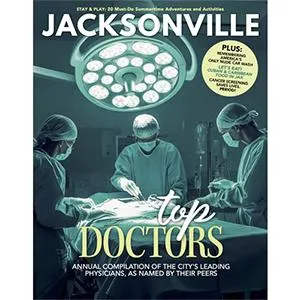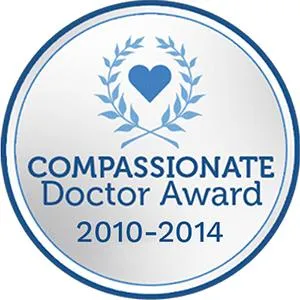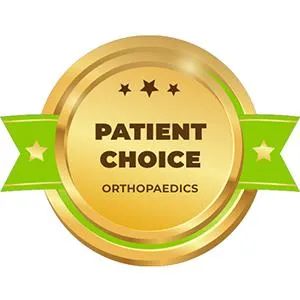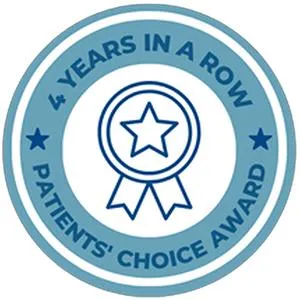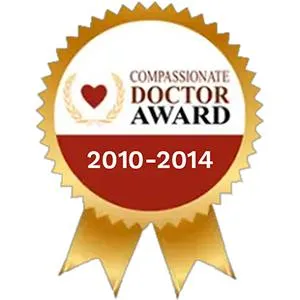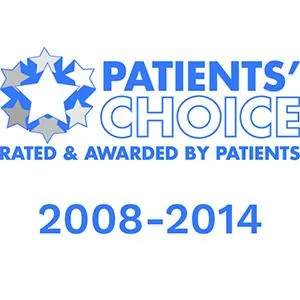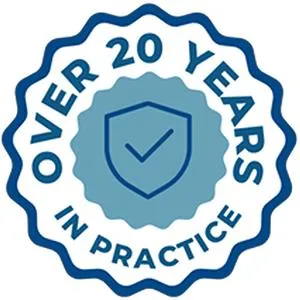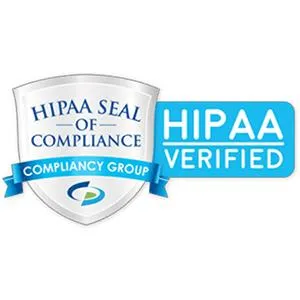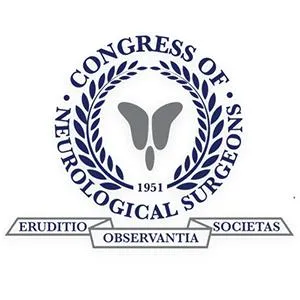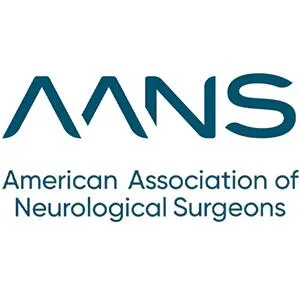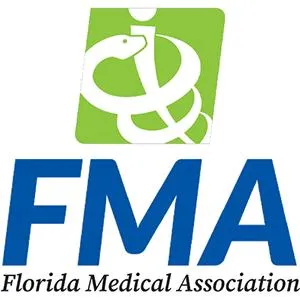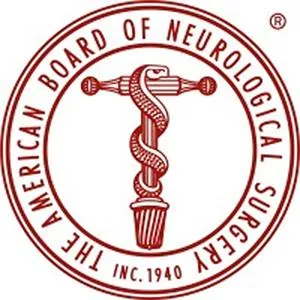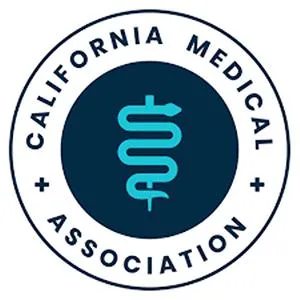Spine Conditions We Treat
Disc Disorders
Understanding Disc Problems in the Spine
Spinal discs are the cushions that sit between each vertebra, allowing your spine to bend, twist, and absorb shock. When these discs become injured or degenerate, they can cause pain, stiffness, and nerve compression. These problems are commonly referred to as disc disorders. At Desert Spine and Pain, we help patients across Phoenix and Arizona find relief from disc-related conditions. Under the leadership of Dr. David L. Greenwald, M.D., FAANS, FACS, a nationally recognized neurosurgeon, we provide expert diagnosis, conservative therapies, and advanced surgical treatments when needed.

Over 100 5-Star Reviews!

Disc Disorders We Treat
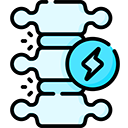
Annular Disc Tear
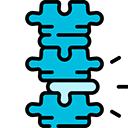
Bulging Disc
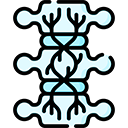
Degenerative Disc Disease
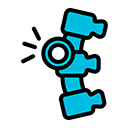
Degenerative Disc Herniation

Herniated Disk
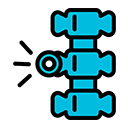
Disc Extrusion
What Are Disc Disorders?
Each disc has two parts:
Annulus fibrosus – The tough outer ring.
Nucleus pulposus – The soft, gel-like center.
When discs wear down, tear, or move out of place, they can irritate surrounding nerves or the spinal cord itself. This may lead to pain, numbness, weakness, or mobility issues.
Common Types of Disc Disorders
Herniated Disc – A disc rupture or bulge presses on nearby nerves.
Bulging Disc – Disc extends beyond its normal boundary without rupture.
Degenerative Disc Disease – Discs lose hydration and elasticity, leading to stiffness and pain. Learn about Degenerative Disc Disease
Disc Desiccation – Dehydration of discs, often seen in aging spines.
Discogenic Pain Syndrome – Pain originating directly from damaged discs.
Causes and Risk Factors
Aging – Natural wear and tear on discs.
Injury or trauma – Car accidents, sports, or falls.
Repetitive stress – Jobs requiring lifting, twisting, or prolonged sitting.
Genetics – Family history of disc problems.
Smoking – Accelerates disc degeneration.
Obesity – Extra weight stresses the spine.
Symptoms of Disc Disorders
Localized back or neck pain
Radiating pain into the arms or legs
Numbness or tingling in extremities
Weakness in arms or legs
Stiffness and reduced flexibility
Symptoms depend on whether the affected disc is in the cervical (neck), thoracic (mid-back), or lumbar (lower back) region.
Diagnosis
At Desert Spine and Pain, we use:
Medical history and exam – Checking range of motion, reflexes, and strength.
MRI – Best for viewing disc condition and nerve involvement.
X-rays – To check alignment and rule out fractures.
CT scans or discography – In selected cases for detailed analysis.
Treatment Options

Non-Surgical Treatments
Medications (anti-inflammatories, pain relievers)
Physical Therapy for mobility and strengthening
Lifestyle changes (weight management, ergonomics, posture correction)
Epidural Steroid Injections to reduce inflammation
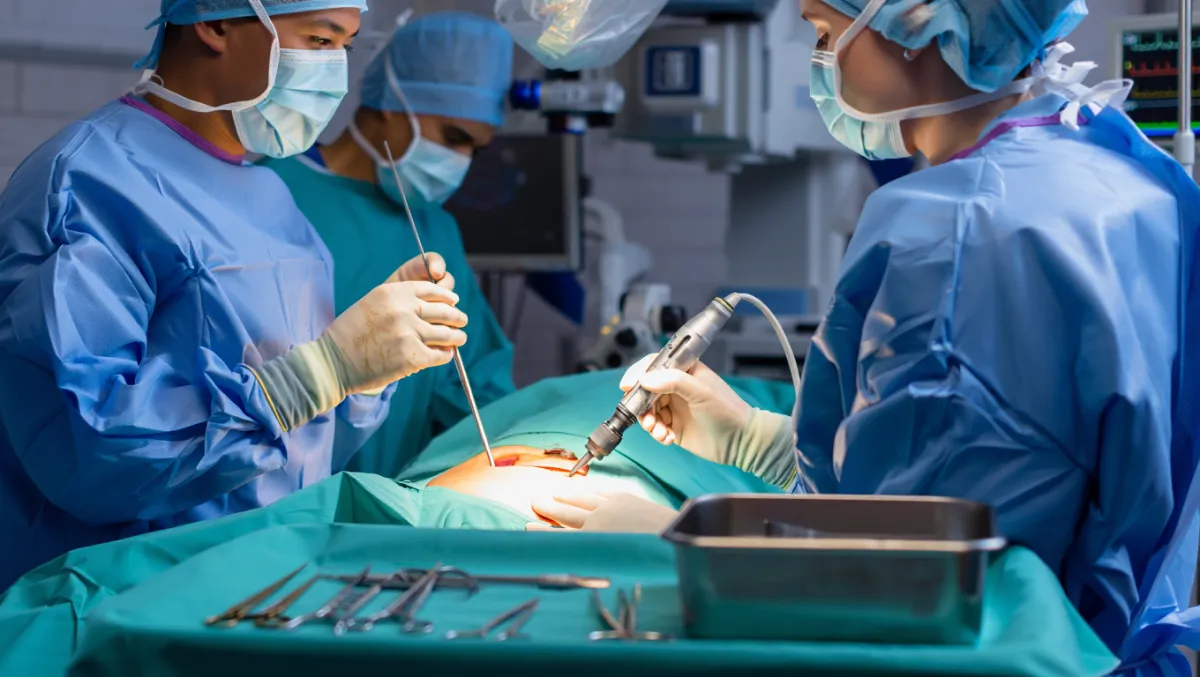
Surgical Treatments (when needed)
Microdiscectomy – Removes disc material pressing on nerves.
Lumbar Fusion – Stabilizes the spine when discs are severely damaged.
Cervical Disc Replacement – Artificial disc preserves natural motion.
Minimally Invasive Surgery (MIS) – Smaller incisions, faster recovery.
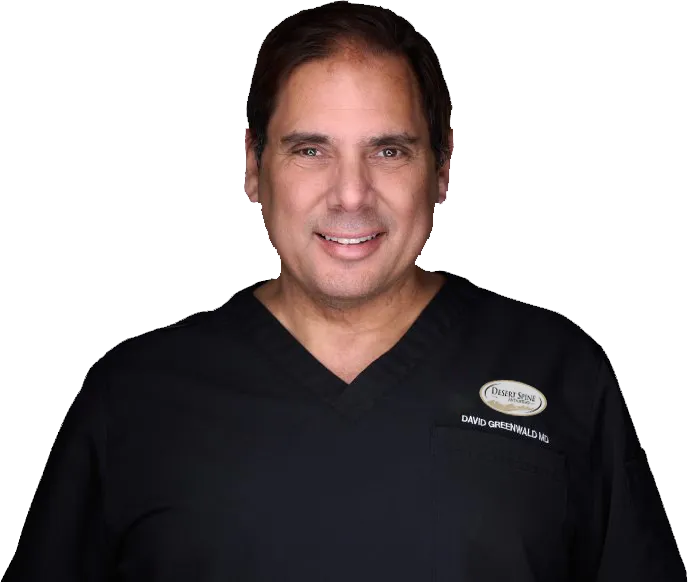
Dr. David L. Greenwald, M.D., F.A.C.S.
Neurosurgeon | Spine Surgeon | Regenerative Medicine
Dr. David L. Greenwald, MD, FACS, is a board-certified spine surgeon renowned for his expertise in spine surgery, offering both traditional and minimally invasive procedures to treat a wide range of spinal conditions. Whether addressing herniated discs, spinal stenosis, fractures, deformities, or degenerative diseases, Dr. Greenwald combines surgical precision with the latest technology to achieve optimal outcomes. His approach emphasizes preserving mobility, minimizing tissue disruption, and promoting faster recovery. With decades of experience and a strong reputation for compassionate care, Dr. Greenwald has helped countless patients throughout South Florida find lasting relief and return to active, pain-free lives.
Recovery & Timeline

Mild cases
Improve in weeks with conservative care.
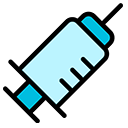
After injections
Relief may last months, often combined with therapy.
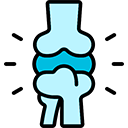
After MIS surgery
Return to light activity within 1–2 weeks; full recovery in 6–12 weeks.

After spinal fusion
Healing takes longer, often several months.
Frequently Asked Questions
What is the difference between a bulging disc and a herniated disc?
A bulging disc extends outward without rupture, while a herniated disc leaks material that can compress nerves.
Can disc disorders heal on their own?
Some mild cases improve with rest and conservative care, but severe or chronic problems may require advanced treatment.
Do all disc disorders require surgery?
No. Most patients improve with conservative care such as therapy, medications, or injections.
What is disc replacement surgery?
It’s a procedure that replaces a damaged disc with an artificial one to preserve motion, often used in the neck.
How does Desert Spine and Pain treat disc disorders differently?
We combine advanced imaging, conservative-first care, and surgical expertise from one of the nation’s top neurosurgeons.
Book your Spine Care Consultation Today!

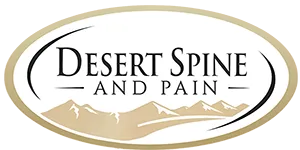
Desert Spine and Pain
Patient Centered & Partner Focused
Quick Links
Resources
Connect With Us
© Desert Spine and Pain. 2025. All Rights Reserved. Sitemap
